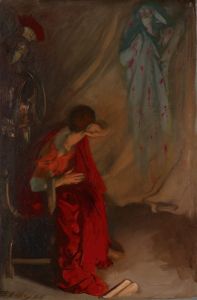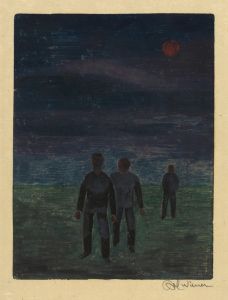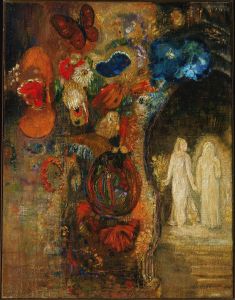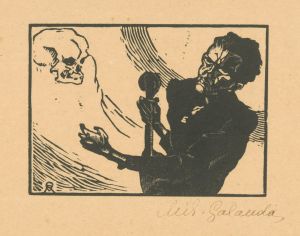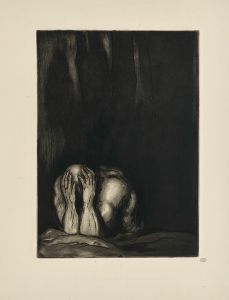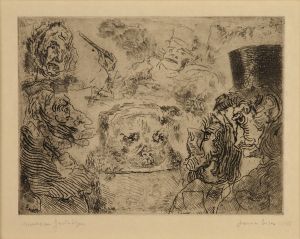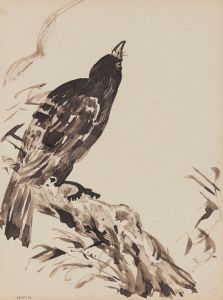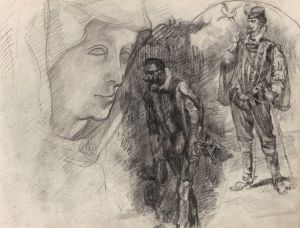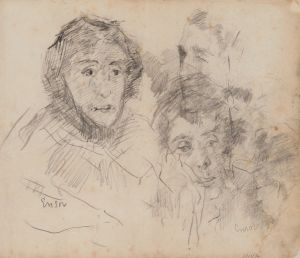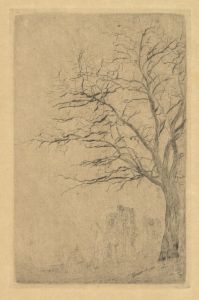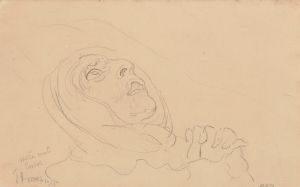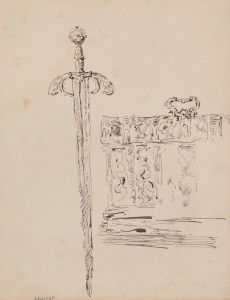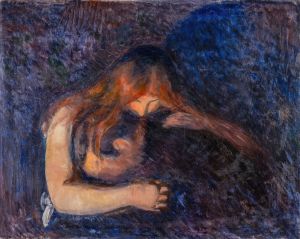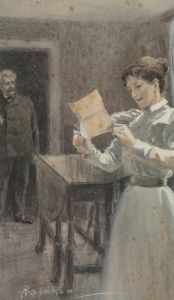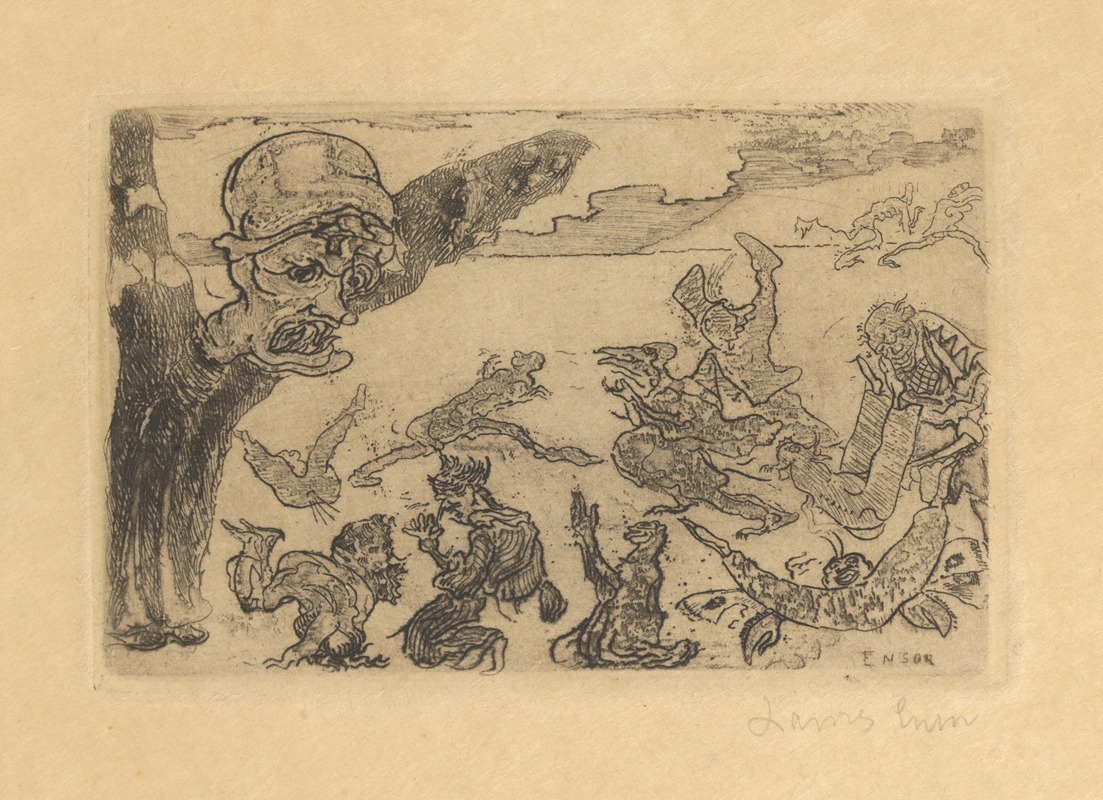
Het spook
A hand-painted replica of James Ensor’s masterpiece Het spook, meticulously crafted by professional artists to capture the true essence of the original. Each piece is created with museum-quality canvas and rare mineral pigments, carefully painted by experienced artists with delicate brushstrokes and rich, layered colors to perfectly recreate the texture of the original artwork. Unlike machine-printed reproductions, this hand-painted version brings the painting to life, infused with the artist’s emotions and skill in every stroke. Whether for personal collection or home decoration, it instantly elevates the artistic atmosphere of any space.
"Het spook" (The Ghost) is a painting by the Belgian artist James Ensor, created in 1891. Ensor, born in 1860 in Ostend, Belgium, is known for his unique and often macabre style, which combines elements of symbolism and expressionism. His works frequently explore themes of death, masks, and the grotesque, reflecting his fascination with the darker aspects of human nature and society.
"The Ghost" is a prime example of Ensor's distinctive approach to art. The painting depicts a spectral figure, rendered in a haunting and somewhat whimsical manner. The ghostly figure is characterized by its ethereal, almost translucent appearance, and is set against a dark, foreboding background. Ensor's use of color and light in this painting is particularly notable; he employs a muted palette with splashes of brighter hues to create a sense of otherworldliness and unease.
Ensor's technique in "The Ghost" showcases his skill in blending fine detail with more abstract, expressive elements. The ghost itself is intricately detailed, with delicate brushstrokes that give it a sense of movement and life. In contrast, the background is more loosely painted, adding to the overall eerie atmosphere of the piece. This juxtaposition of detailed and abstract elements is a hallmark of Ensor's style and contributes to the painting's unsettling effect.
The painting also reflects Ensor's interest in the supernatural and the macabre, themes that recur throughout his body of work. "The Ghost" can be seen as a commentary on the human condition, exploring the idea of mortality and the unknown. Ensor's fascination with masks and disguises is also evident in this piece, as the ghostly figure can be interpreted as a metaphor for the hidden aspects of the self or the masks that people wear in society.
James Ensor was a pivotal figure in the development of modern art in Belgium and beyond. His work had a significant influence on later artists, particularly those associated with the expressionist and surrealist movements. Despite facing criticism and controversy during his lifetime, Ensor's unique vision and innovative techniques have earned him a lasting place in the history of art.
"The Ghost" is housed in the Royal Museum of Fine Arts in Antwerp, Belgium, where it continues to captivate and intrigue viewers with its haunting beauty and enigmatic subject matter. Ensor's ability to blend the grotesque with the whimsical, and the real with the fantastical, makes "The Ghost" a compelling example of his artistic genius.





